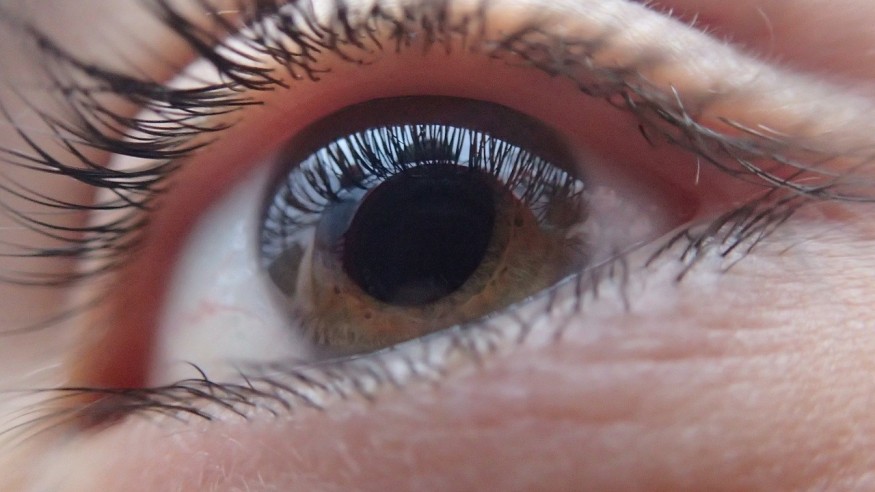'Long COVID,' a range of devastating symptoms that up to 30% of patients bear long after they recover from COVID-19.
Previously, such symptoms are greatly unseen to the eye, but now, a new study suggests one of the hallmarks of this fatal disease could actually be seen in the patients' eyes.
Long COVID symptoms may include headaches, fatigue, brain fog, breathing difficulty, and loss of taste or smell, a ScienceAlert report said.
Many of these discomforts are not noticeable all the time, but according to new research, long COVID might, in fact, be visible in the patients' eyes, in the form of nerve impairment that's visible in the cornea.
The National Eye Institute describes the cornea as the clear outer layer at the eye's front part. It helps the eyes to focus light to see clearly.
ALSO READ: 'Worrying' Mutation Detected in the UK

Identifying Long COVID Through CCM
In their study, "Corneal Confocal Microscopy Identifies Corneal Nerve Fibre Loss and Increased Dendritic Cells in Patients with Long COVID," published in the British Journal of Ophthalmology, the team used the same non-invasive laser technique known as corneal confocal microscopy that detects nerve damage in the cornea to find out if CCM could determine the same damage and increased dendritic cells in long COVID cases. Essentially, DCs are a type of immune system cell.
The researchers compared the findings among 40 patients who had previous infections of COVID-19 with CCM observations of 30 healthy people who never got infected.
The study authors said that CCM could specify long COVID by scanning the cornea of a subset of the group with COVID-19 or the patients reported to have continuing neurological symptoms after they recovered from the virus.
The group showed greater corneal nerve fiber impairment and loss, together with higher dendritic cell counts, compared to the healthy participants.
According to the study investigators led by the Turkey-based Necmettin Erbakan University's Gulfidan Bitirgen, the study is a pioneering research that reports corneal nerve loss, as well as an increase in CD density among patients who have recovered from the virus, especially in participants who had continuing symptoms consistent with long COVID.
COVID-19 Inclined to Reveal Greater Corneal Nerve Impairment
While the study is only small and observational research, which cannot validate that the virus actually caused the corneal abnormalities of the patients, the associations here nevertheless amounts to more evidence of how COVID-19 infection may add to neurological and neuropathic problems.
This could be because of the probable disruptions to the development of healthy fiber, resulting in a rise in dendritic cells summoned as part of the immune response.
The research team explained that such findings are consistent with an inherent immune and inflammatory process characterized by the accumulation and migration of DCs in the central cornea in several immune-mediated and inflammatory circumstances.
Additional research on the relative change in both mature and immature DC density and corneal nerves in patients with COVID-19 over time may offer understanding into the contribution of immune and inflammatory pathways to nerve degeneration.
The researchers added that the results show that the patients who had more severe COVID-19 infections tend to show greater corneal nerve damage. Thus, it is possible that the eye abnormalities observed all stem from the way the infection presents in patients.
Related information about Long COVID is shown on DW News's YouTube video below:
RELATED ARTICLE: COVID-19 Long-Haulers Side Effect Includes Postural Orthostatic Tachycardia Syndrome, What Are Its Symptoms?
Check out more news and information on COVID-19 on Science Times.
© 2026 ScienceTimes.com All rights reserved. Do not reproduce without permission. The window to the world of Science Times.










